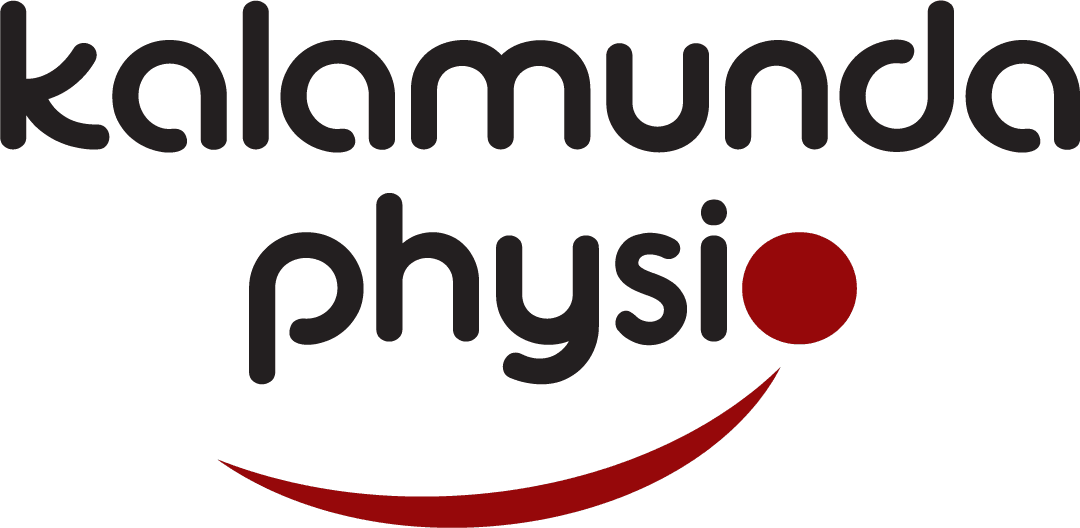Today’s post is from the March 2019 issue of our resarch reviews and highlights a study on “Beliefs in the Population about Cracking Sounds Produced During Spinal Manipulation”, reviewed by Dr. Steve Kamper, PhD. These wonderful infographics were made by Dr. Caleb Burgess DPT, OCS, CSCS who’s doing a great job disseminating new research.

Spinal manipulation involves application of a high velocity, low amplitude movement producing joint surface separation; this may or may not be associated with a cracking sound. Various explanatory models have been proposed to describe the mechanism of action and account for the sound.
Different professions have tended to adhere to different models, and history has seen various models fall out of favor as research evidence accumulates.
Over time there has been a gradual retreat away from mechanical theories, e.g. joint surfaces being realigned, towards neurological explanations (Bialosky et al 2009) and justifying manipulation as providing a ‘window of opportunity’.
At the same time, evidence has shown that the cracking sound during manipulation is not due to hard tissue movement, but gas bubble formation within synovial joint fluid.




Interestingly, beliefs about the source of cracking sounds were not different between those that had previously received manipulation, and those that had not. This perhaps indicates that healthcare professionals providing this type of treatment do not tell their patents what is responsible for the cracking sound. It is not clear whether the failure is due to health professionals themselves holding on to outdated beliefs, or their unwillingness/inability to correct them in their patents. Regardless, this points to the need for clinicians that use manipulation to become better acquainted with up-to-date research and/or improve communication with their patients!
